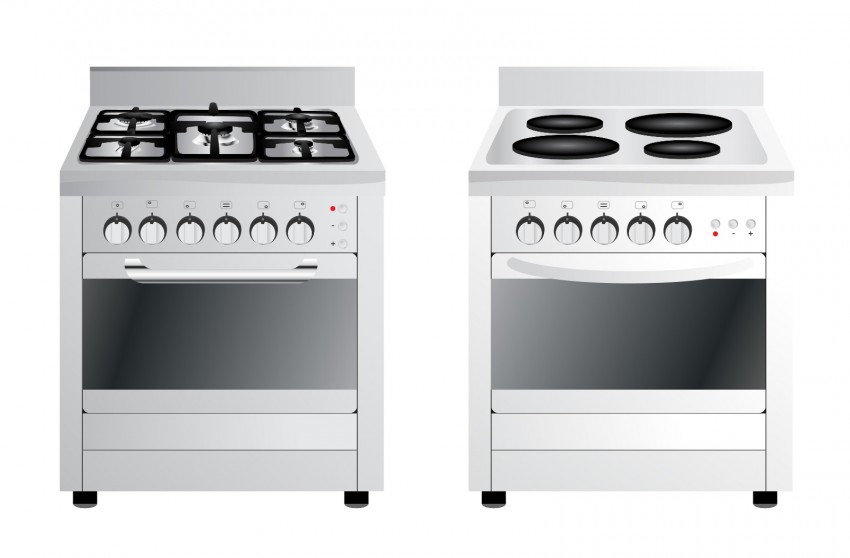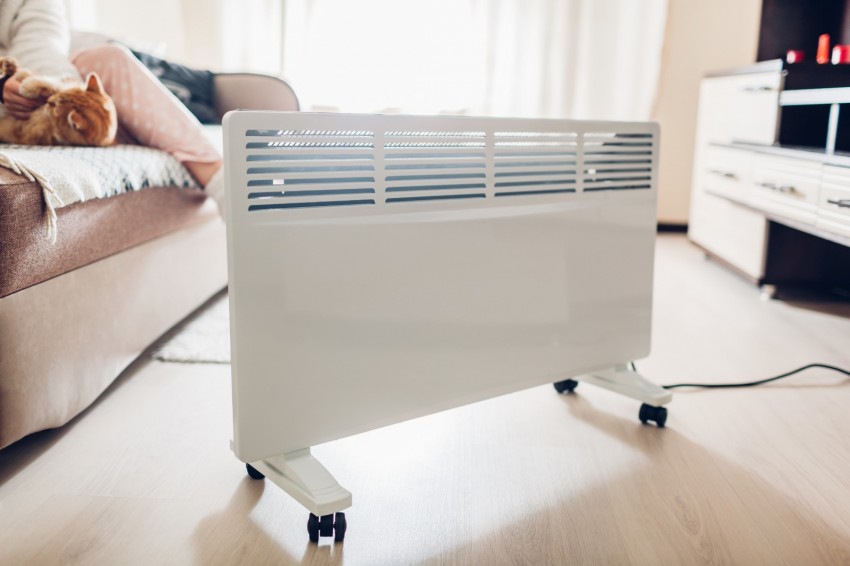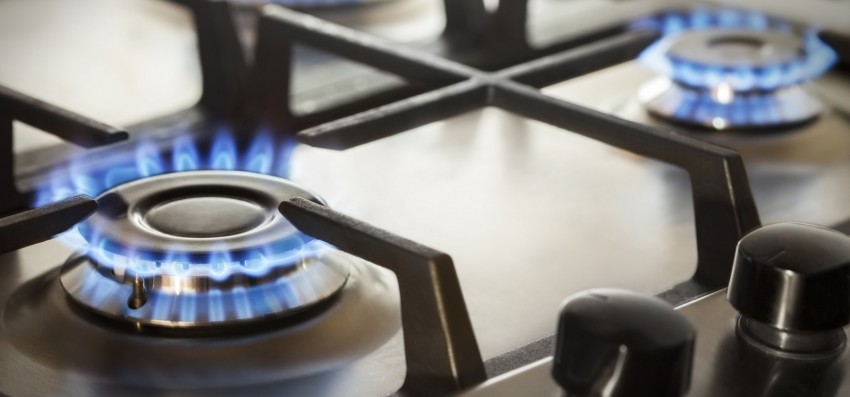Aluminum Coated Steel
It is a hot-dip aluminum-plated steel sheet that adds properties such as heat resistance, corrosion resistance, and heat reflection properties of aluminum to the mechanical properties of cold rolled steel sheet.
Need a consultation?
Send a requestA. Characteristics :
Superior Heat Resistance
Lengthy exposure to temperatures up to 450 degrees Celsius causes very little change in ALCOT and does not affect its attractive surface brightness, compared with galvanized steel sheet and cold-rolled steel sheet.
Heat Resistance Test Results
Test conditions: Naked eye comparison the sheet after two rounds of test procedures (Heating (1.5 Hr), maintaining (5 Hr), cooling (17 Hr))
Heat Resistance Test Results
|
category |
300℃ |
350℃ |
400℃ |
450℃ |
500℃ |
550℃ |
600℃ |
|
ALCOT |
○ |
○ |
○ |
○ |
△ |
△ |
× |
|
GALVALUME |
○ |
○ |
△ |
△~× |
× |
× |
× |
|
GI |
△ |
△~× |
× |
× |
× |
× |
× |
○ : No change △ : Luster down × : Tums blackish
Heat Resistant Equipment using ALCOT steel
When heated, an oxide film is formed on the surface as the alloy layer is activated, protecting its surface.

|
Superior Heat Reflectivity |
|
The highly elegant surface of Aluminum Coated Steel reflects about 80% of the heat at a temperature of 450 degrees Celsius. |
|
Its reflection rate goes up to 95% where infrared rays are present. This makes Aluminum Coated Steel |
|
the ideal choice for producing the heat reflector plates in toasters, ovens, gas ranges and oil stoves. |
B. Coating Layers:
Coating Layers
Types of Aluminum Coated Steel are categorized by the components of the molten pot. Applications are as follows
|
Classification |
Type Ⅰ Alumininized |
Type Ⅱ Alumininized |
|
components of the molten pot. |
Al-Si(8~10%) |
Al |
|
Components of the alloy layer |
 |
 |
|
Application |
Heat resistance treatment |
Weather resistance |
|
(construction material) |



